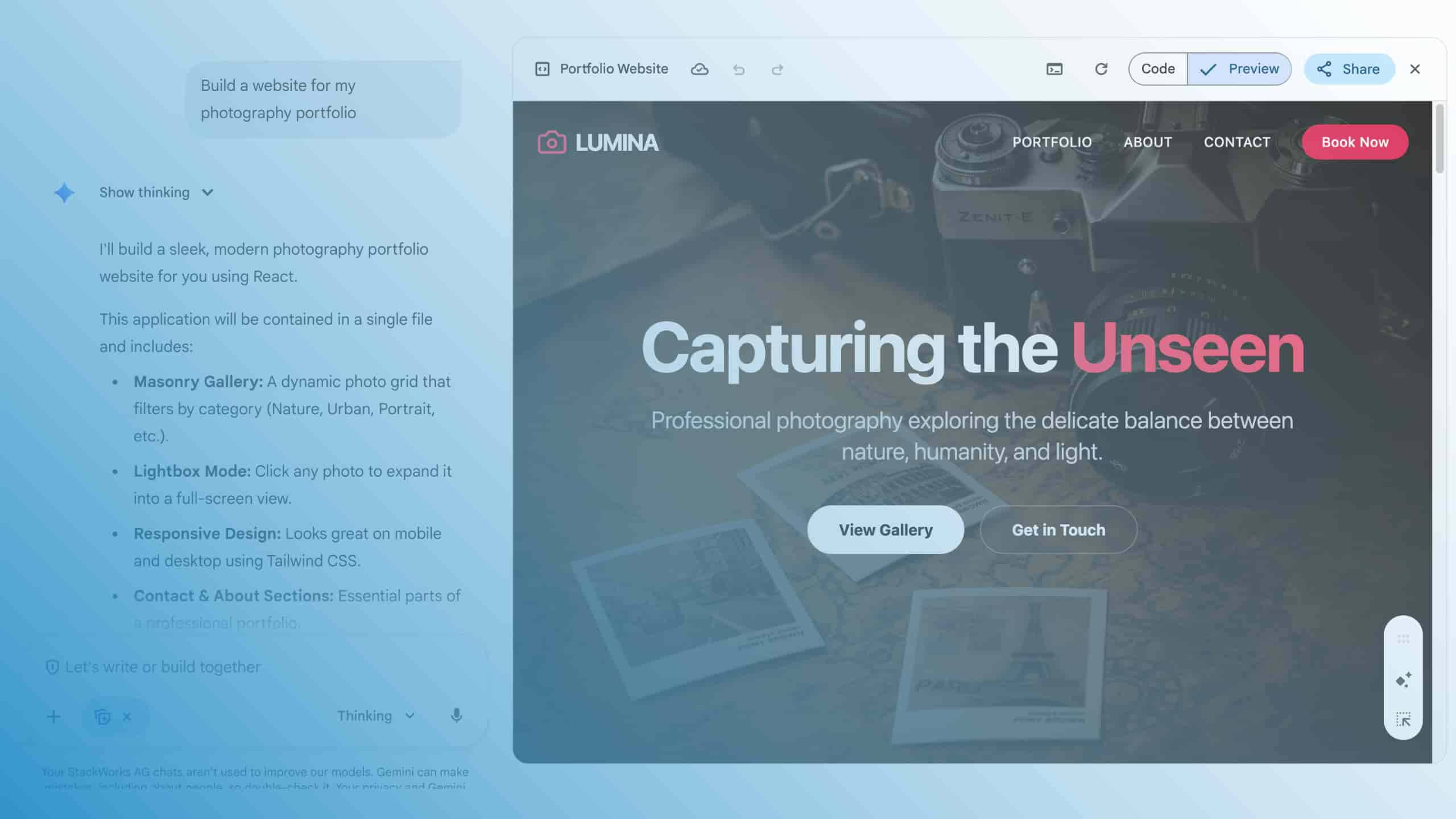Google Voice for Business - how businesses make calls today

Telephone systems were the day before yesterday, classic VoIP telephony yesterday. Today, business telephony from Google is the latest. With Google Voice for Business and Google Workspace, companies realise an integrated cloud-based workplace with a wide range of functions. But what exactly do they offer and how can they best be used?
What is Google Voice?
Google Voice is a cloud-based telephony service based on Voice-over-IP (VoIP). Unlike conventional VoIP services, it integrates seamlessly into Google Workspace. While Google also addresses private users in the English-speaking world with Voice for Personal Use, the Google Voice for Business variant is available here so far, which is aimed at business users - not only companies of all sizes, but also freelancers or tradespeople.
How can businesses benefit from Google Voice for Business?
Google Voice for Business is currently only offered by the manufacturer as a supplement for existing Google Workspace customers. These benefit from the deep integration of telephony with Google Workspace without any media disruption. Users who are already accustomed to working with Google Mail, Meet and Calendar thus receive another component for business telephony within the scope of the Workspace tools, which fits seamlessly into their workflows. They no longer have to switch between different tools when communicating. Administrators also benefit because the service is managed via the familiar Google Admin Console in the cloud.

Three tariffs
Google Voice for Business is available in three tariffs: Starter, Standard and Premier. The Starter tariff is aimed at very small companies with a maximum of ten users and ten locations within Germany. All basic business telephony functions are already included. However, Starter does not include call groups, auto-attendants or integration of hardware telephones. These are only offered by the Standard tariff, which also allows unlimited users and domestic locations. The Premier tariff is also aimed at large companies with an unlimited number of international locations.
All functions in the browser or via Google Voice App
The design and operating concept of the interface are based on the other tools of Workspace, so that familiarisation is achieved in the shortest possible time. And this is largely independent of the end device, because as a modern cloud service, Google Voice is at home on all standard platforms. In principle, you can use Google Voice directly in the browser. This applies to the operating systems Google Chrome OS, Apple macOS and Microsoft Windows. On other platforms, the service can possibly be used with limited functionality, according to Google. In addition to the in-house browser Chrome, Google also supports Apple Safari, Microsoft Edge and Mozilla Firefox.
Google offers the Google Voice app in Apple's App Store and in the Google Play Store for current versions of the mobile operating systems Apple iOS / iPadOS and Google Android. Users receive a telephone number with the appropriate area code for their location. As part of the migration to Google Voice, you can also easily port existing number ranges. This means you can always be reached everywhere under your linked landline number. And if you don't want to be disturbed, you can of course deactivate Google Voice and forward calls to your mailbox in the cloud.
Google Voice supports all the features users expect from a modern business telephony solution. They can make and receive calls from anywhere, take part in meetings and conference calls, send and receive short messages, forward callers to their personal mailbox, listen to their mailbox and archive or delete calls and messages. Of course, it is also possible to make emergency calls with Google Voice.
With the help of call groups and auto-attendants, i.e. configurable menus that offer the caller options to choose from via a numeric keypad, you can optimally route calls to the right contact person or service unit.
Google Voice also scores points with the integration of the other Workspace tools. If you mark focus times in your calendar when you do not want to be disturbed, Voice automatically diverts calls to the mailbox during these periods. Another unique selling point is the artificial intelligence (AI) support. Google blocks unwanted spam calls with a recognition rate of more than 99 percent. In addition, the AI transcribes calls and creates voice memos.
Available hardware
In addition to the softphone functionality in the browser and via app, numerous manufacturers offer hardware certified for Google Voice and Meet, including Logitech. Logitech's range for Voice and Meet includes conference systems for meeting rooms of various sizes and, for personal equipment, headsets - optionally wired, wireless and with active noise cancelling (ANC). If you want to continue using existing hardware telephones, you can connect them via VoIP or analogue telephone adapters (ATA).
Would you like to learn more about Google Voice for Business and Google Workspace? We will be happy to support you.







